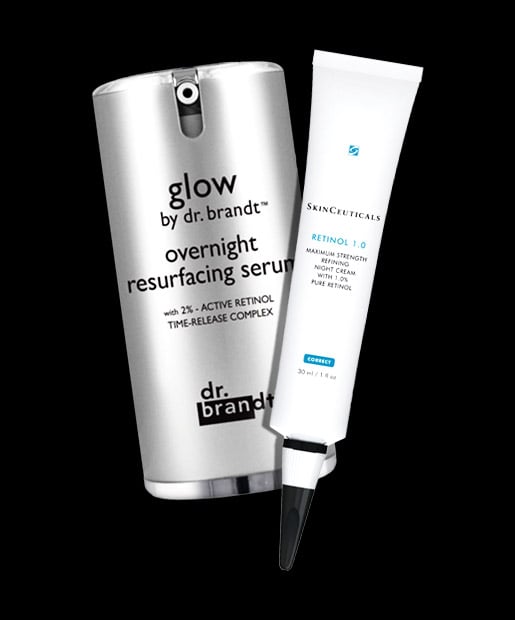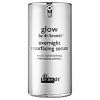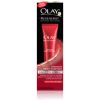Skin Care
Read This Before You Use a RetinolA lot has changed in the last 20 years, but retinol is still the go-to ingredient for anti-aging skin care. Here's everything you need to know |
When Should You Pick an OTC Retinol? While prescription-strength retinoids may work better and faster than over-the-counter retinols, there are some downsides: cost, inconvenience and side effects like peeling skin. Fortunately, OTC versions do work — they're just slower, but they're also milder. Your skin cells absorb the retinol and convert it to retinoic acid, but they only take in the amount they can use — this keeps the cells from getting overwhelmed (which results in irritation).
If you want maximum benefits, concentration is key. "Always look for one percent or higher," says Prytowsky. "If you go lower, you won't see much of a result." Try Skinceuticals Retinol 1.0, $50, and Glow by Dr. Brandt Overnight Resurfacing Serum, $85, with 2-percent time-released retinol. If an OTC retinol is drying out your skin, Prytowsky suggests using it every other day or every third day until you get used to it. And, of course, moisturize, moisturize, moisturize.
SEE NEXT PAGE: Retinoids for (Adult) Babies
If you want maximum benefits, concentration is key. "Always look for one percent or higher," says Prytowsky. "If you go lower, you won't see much of a result." Try Skinceuticals Retinol 1.0, $50, and Glow by Dr. Brandt Overnight Resurfacing Serum, $85, with 2-percent time-released retinol. If an OTC retinol is drying out your skin, Prytowsky suggests using it every other day or every third day until you get used to it. And, of course, moisturize, moisturize, moisturize.
SEE NEXT PAGE: Retinoids for (Adult) Babies



































